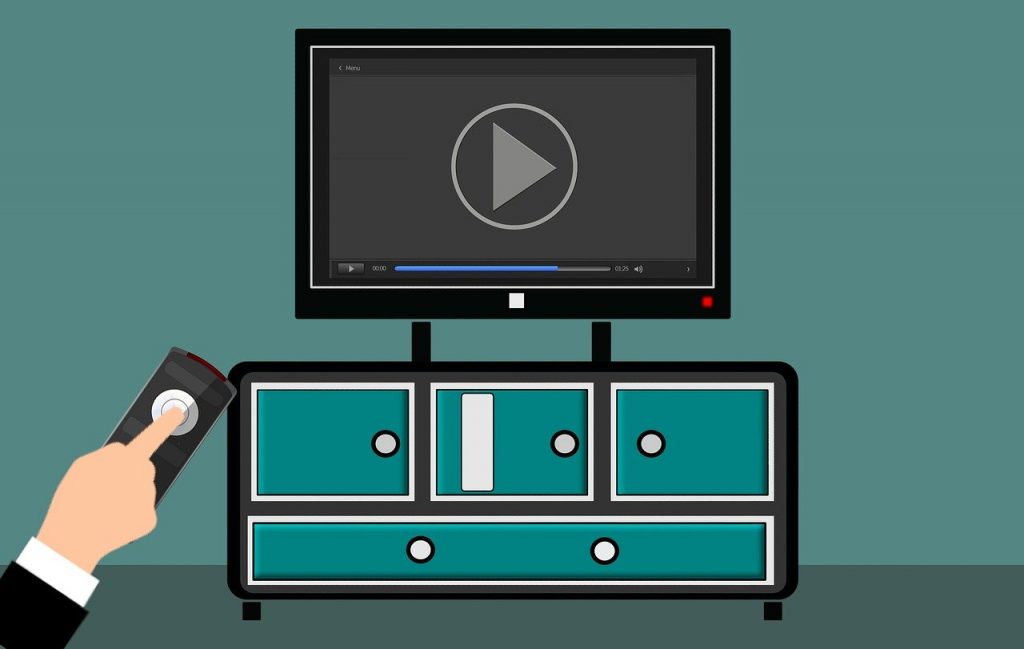
On average, each American spends about two and a half to four hours watching television every day. But how much time do you spend thinking about how the device that you call television (TV) actually works? What is it that enables you to see images and pictures on a screen, and even live ones at that? Read on to know more about how televisions work.
The Working of TV
When TV was invented, there were two types of television systems: Mechanical and Electronic. The mechanical module was phased out years ago and all modern day televisions have evolved from the early electronic television systems, which is what we will look at.
A television has something called a Cathode Ray Tube (CRT) and two or more anodes. You can consider the anodes to be the positive terminals and the cathode to be the negative terminal. Now let us first understand what the CRT is.
The C part of CRT is a heated filament known as the Cathode. This cathode is enclosed inside a glass Tube, which makes up the T part of CRT. The cathode emits Rays of electrons into the empty space inside the tube, thus the term Cathode Ray Tube.
The electrons that are released by the cathode have a negative charge and are thus attracted to the positively charged anodes. The anodes are at the end of the CRT and so is the television screen. The electrons are thus focused towards the anodes and the screen, which has a phosphor coating, because of which it glows when hit by the electron beam.
As the electron beam will hit at a point wherever the anodes are, the anodes are situated not at a specific point but in a coil form known as the steering coils. Television sets have two steering coils, one that produces a magnetic field such that the electron beam moves vertically, and the other produces a magnetic field such that the beam moves horizontally. Due to different voltage controls in the coils, the beam can be focused at any place on the television screen.
The inside of the television screen is coated with various kinds of phosphor. Once the beams of electrons hit the phosphor, they paint an image on the screen, one line at a time. This is called the resolution of the TV. There are as many as 480 lines of images on your television screen at any time. Because these lines are situated extremely close to one another, the human brain sees them as one line and thus one image.
Televisions either use Interlacing Scanning or Progressive Scanning to paint the lines on the TV screen. In interlacing scanning, the screen is painted in two passes, 30 lines during each pass. One frame is made of the two passes, and each television frame is refreshed at least 30 times per second. Because of this immense speed, the human eye does not see the changing of the frames, but only sees moving images.
In Progressive scanning, all 60 lines are painted each time on the screen and each frame is made up of one pass, which is refreshed 60 times every second. This reduces the flickering of the screen to a considerable extent.
The television receives a broadcast signal that gives it the necessary information of what an image should look like. Equipped with this information, the TV system paints the scan lines onto the screen line by line, thus enabling you to watch the images on your television.
This is how a regular television works. With advancement in technology, came Cable Television, Satellite Television, HDTV and digital television. As a consumer, you just need to wait and see what’s in store for you next. Whatever it is, it’s sure to be very exciting, much like all the various innovations in the television industry have been.